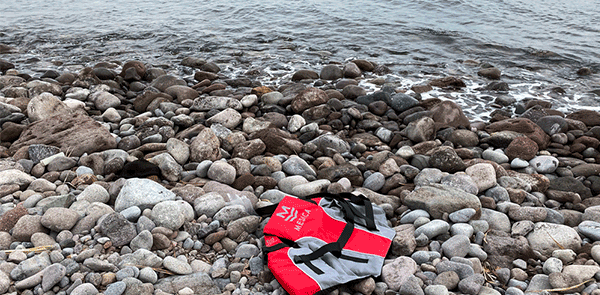|
Last year, over 3,000 migrants disappeared as they tried to sail across the Mediterranean to Europe.
In 2021, the United Nations’ refugee agency, UNHCR, recorded more than 3,000 deaths and disappearances of migrants en route to Europe via the Mediterranean. That number is nearly double that of 2020.
When most migrants journey to the Canary Islands from West Africa, it can take as long as ten days, in treacherous conditions. In describing one such journey, UNHCR spokesperson Shabia Mantoo described people on “packed, unseaworthy, inflatable boats—many of which capsized or were deflated leading to the loss of life.” Many of those seeking a new home are children. Last year, 13,203 children arrived by sea just to Italy, according to the Ministry of the Interior and the UNHCR; more than 10,000 were alone, without a parent or guardian.
Europe and the Mediterranean are not the only regions witnessing such staggering loss of life among migrants. Since 2014, nearly 1,000 migrants have disappeared during their voyages across the Caribbean. In 2021, the U.S. Coast Guard rescued 1,527 Haitian and 838 Cuban migrants, according to the UN International Organization for Migration (IOM).
Worldwide, 5,880 migrants were recorded as dead or missing last year by the IOM’s Missing Migrants Project. At present, the bureaucratic obstacles in place make the maritime migration search process frustrating and complex. Many missing persons go unidentified due to a plethora of factors, including geographical inaccessibility, limited data, lack of media attention, and dangerous conditions in and around the route taken.
|













